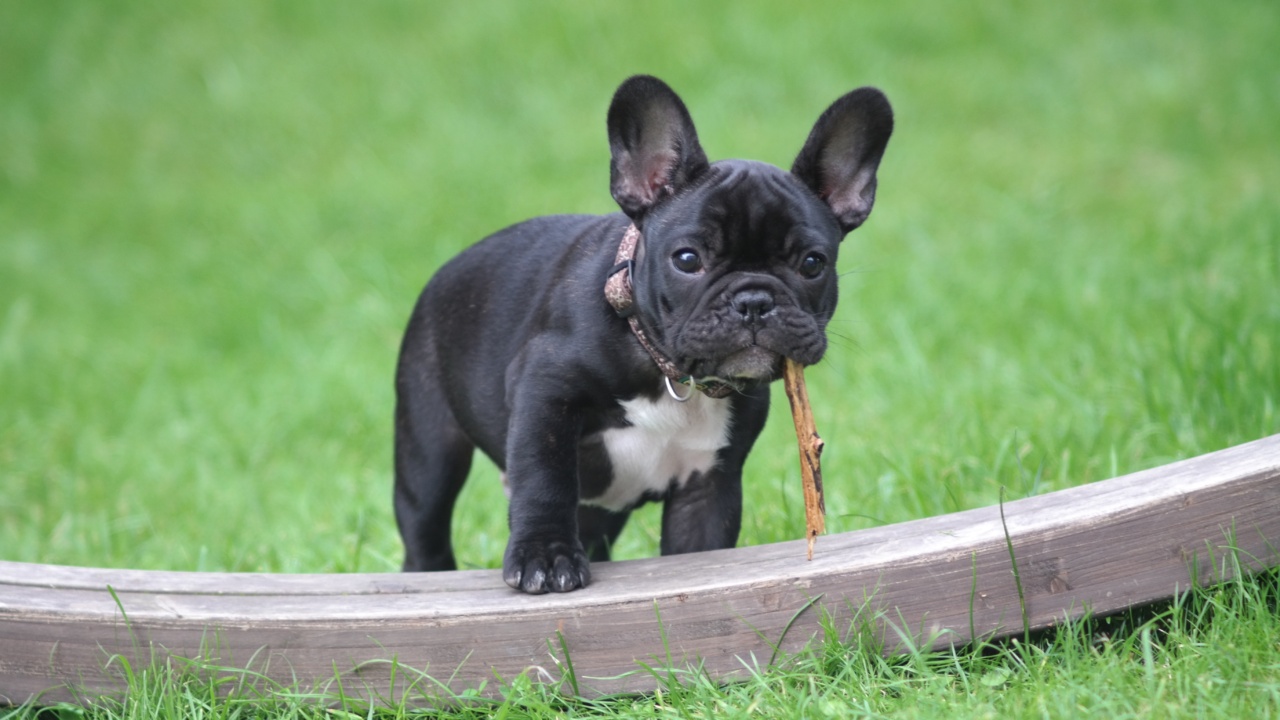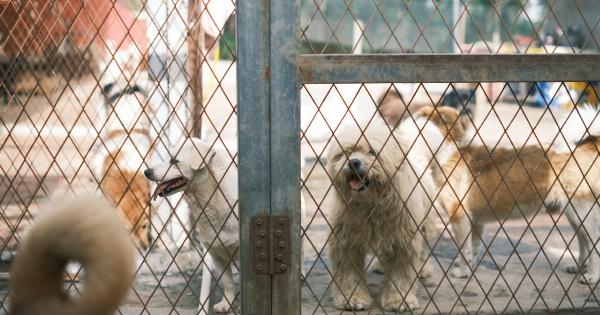As much as we love dogs, they can sometimes be unpredictable. Although dogs are generally friendly and loyal, they have the potential to bite when they feel threatened or scared.
In fact, dogs bite millions of people every year, causing injuries and, in some cases, even death. As a responsible dog owner, it is your duty to ensure that your dog does not pose a threat to anyone. Here are five tips to help prevent your dog from biting:.
Tip 1: Train Your Dog
Dogs that are not properly trained are more likely to bite, especially if they are scared or feel threatened. Training your dog from a young age is the best way to prevent aggression.
Enroll your dog in a basic obedience class where they learn essential commands such as sit, stay, and come. Positive reinforcement is a great way to train your dog. Reward them with treats or verbal praise whenever they follow your commands. A well-trained dog is less likely to bite because they know how to communicate better with humans and other animals.
Tip 2: Socialize Your Dog
Socializing your dog is crucial to prevent aggressive behavior. Dogs that are not socialized are more likely to perceive unfamiliar people or animals as a threat and may bite to protect their territory.
Socialization involves exposing your dog to different people, animals, and environments from a young age. Take your dog for walks in the park, attend obedience classes, and invite visitors to your home. Make sure your dog interacts with different kinds of people such as children, adults, and seniors.
The more your dog is socialized, the less likely they will be to bite.
Tip 3: Supervise Your Dog
It’s important to supervise your dog, especially around children and other pets. Dogs can be unpredictable, and even the friendliest dog can bite if they feel threatened or scared.
Never leave your dog alone with children or infants, and always supervise your dog when they are interacting with other pets. If you have a new dog or puppy, supervise their interactions with other family pets until you are confident they can live together peacefully.
Tip 4: Recognize Your Dog’s Body Language
Dogs communicate through body language, and it’s important to know how to read your dog’s signals to prevent aggression.
Signs that your dog may bite include growling, baring their teeth, stiffening their body, and the fur on their back standing up. If your dog shows these signs, it’s best to remove them from the situation and calm them down. Watch for signs that your dog is uncomfortable or scared, and avoid situations that may trigger their aggression.
Tip 5: Spay or Neuter Your Dog
Unneutered male dogs are more likely to be aggressive than neutered males, and spaying female dogs can reduce the risk of aggression.
Spaying or neutering your dog can also reduce their desire to roam and mark their territory, which can lead to aggressive behavior. Talk to your veterinarian about the best time to spay or neuter your dog.


























